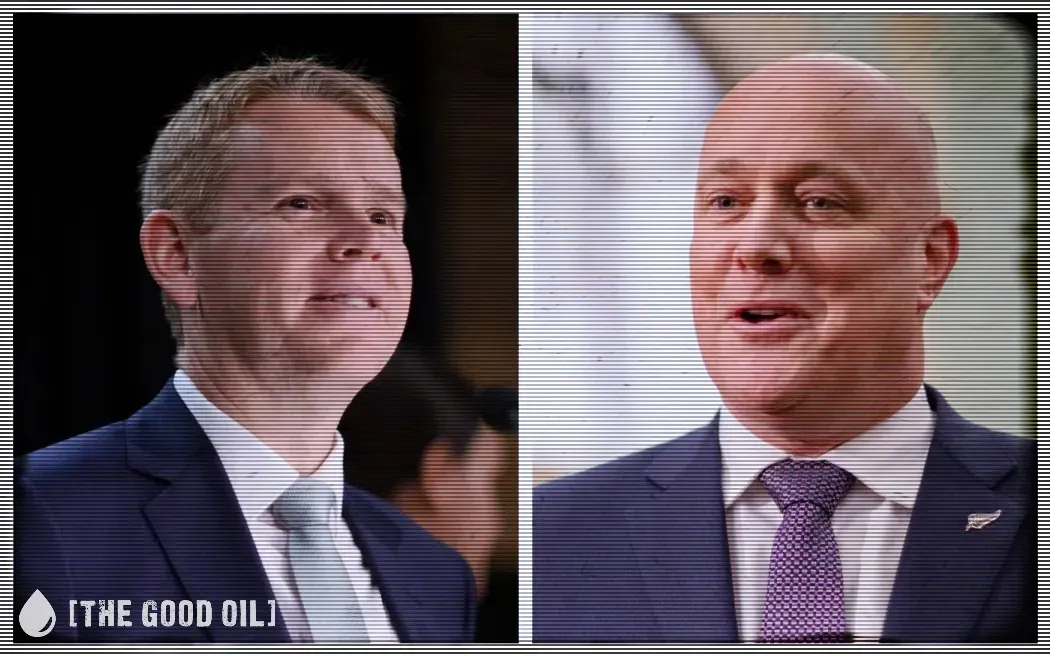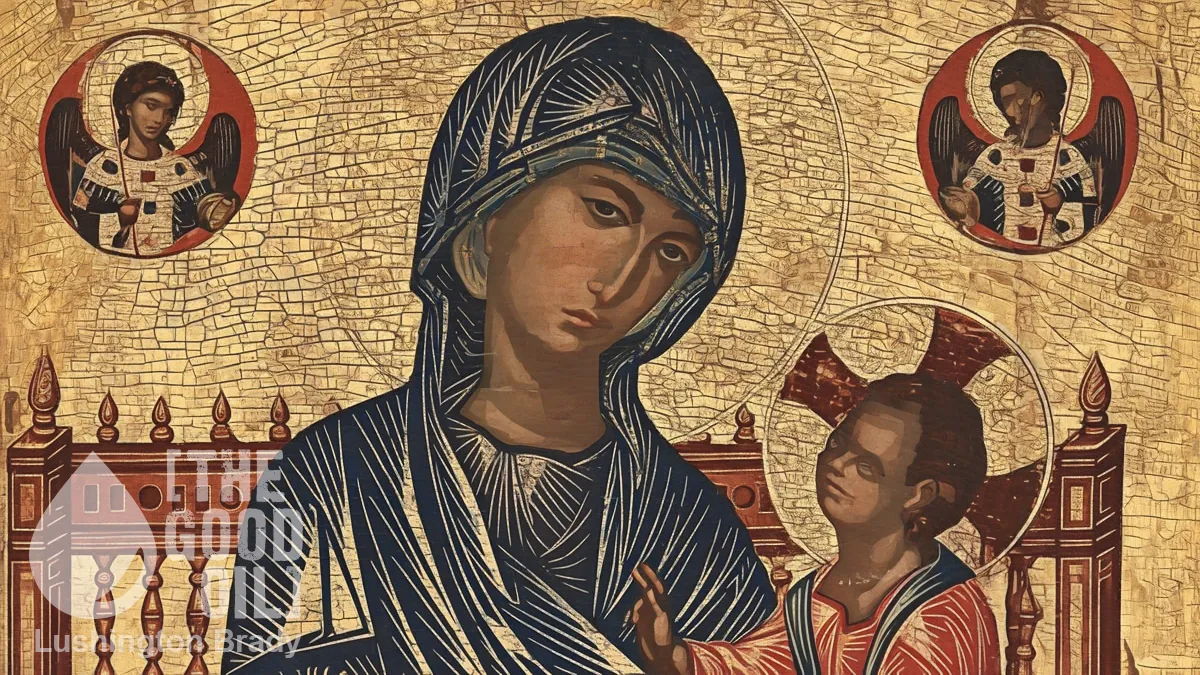Republished with Permission
Peter Williams
Writer and broadcaster for half a century. Now watching from the sidelines although verbalising thoughts on www.reality check.radio three days a week.
The country’s youngest MP has revealed the answer to the question many have been asking for some time.
What is the end game for Te Pāti Māori?
Hana-Rawhiti Maipi-Clarke told us succinctly in her speech at parliament after the hikoi.
“If every single Māori person registered on the Māori (electoral) roll we would have 20 automatic Māori seats in parliament,” she said.
The tenor of that comment confirms what many had already identified. The hīkoi was not so much a protest against David Seymour’s Treaty Principles Bill but a recruitment drive by Te Pāti Māori.
The entire exercise was orchestrated by Te Pāti Māori MPs and staff. Heck, the official title of the exercise, Toitu te Tiriti, is even a registered company of which the sole director is Christina Tamihere, otherwise known as Kiri, the wife of TPM leader Rawiri Waititi and daughter of party president John Tamihere.
Whatever tactics the party used to stir up interest, it worked to the extent that many thousands showed up on the final day in Wellington.
(Estimating crowd size is always a fraught exercise. The annual Farmers Christmas Parade in Auckland was often reported as attracting more than 200,000 until an eagle-eyed reporter counted the spectators in a certain area and multiplied that number by the area of the march. The conclusion, never challenged, was that the crowd was really about 10 per cent of that reported!)
Nevertheless, turnout at and near Parliament shows that TPM have hit the spot with their supporters and potential supporters.
As other components of the political left have been conducting their “Long march through the Institutions” – particularly educational establishments – Te Pāti Māori has now begun a long march through the electoral rolls.
By using that great political tool called fear to stoke emotion among their current and future constituents, Te Pāti Māori has found a completely legal and constitutional way to become the most important party in the parliament.
Let me explain.
Māori seats are not based on the number of people identifying as Māori in the population. If that was the case there would already be more than 20 seats.
In last year’s census, 19.6 per cent of us identified as Māori. If 19.6 per cent of the seats in parliament were for Māori electorates, there’d be 23 such seats now.
While TPM and various Māori activist groups believe that should be the case already, there’s a sizeable proportion of those identifying as Māori (48.6 percent as of October this year) who would rather be on the general roll.
The latest statistics show 4,003,723 registered voters as of last month. That’s estimated to be 91 per cent of those eligible to vote.
Of them 14 per cent identify as Māori, but with only 7.2 per cent on the Māori roll.
(Remember the last government changed the rules about registering for the Māori roll. Previously a Māori voter could only change after a census once very five years. Now you can do it anytime, as long as it’s not within three months of an election or by-election.)
The number of Māori electorates in each parliament is calculated through a somewhat complicated formula which takes into account the total Māori population, including those under 18 and those registered on the Māori roll.
What Hana-Rawhiti Maipi-Clarke was imploring hikoi attendees to do was to register on the Māori roll so as to increase the number of Māori electorates, coming at the expense of general seats - because as the Māori Roll increased, the General Roll would decrease.
(In the 2026 General Election the number of general electorates will decrease from 65 to 64 but there’ll still be seven Māori electorates, and 49 List places to form a 120 seat parliament.)
There is the possibility of her jumping the shark though when she suggests that TPM would win every new Māori electorate. Yes, they did win six of seven last year but are there enough Māori voters of TPM persuasion to maintain that proportion as the number of Māori electorates increases?
The hīkoi may have sown the seed of how a mass Māori movement may be able to peddle real influence. While Rawiri Waititi, Debbie Ngarewa-Packer and John Tamihere talk incessantly about sovereignty and self-determination and rangatiratanga, imagine if Te Pāti Māori did hold between say 10 and 15 seats in the House of Representatives?
They’d be unlikely to ever reach that number through a proportion of the party vote but if there were more Māori electorate seats up for decision, what’s not to say they wouldn’t claim them?
You know what comes next. If TPM held a double digit number of seats through newly created electorates, then they would essentially be holding the balance of power and able to move the policy needle from within.
We know what that means. He Puapua anyone?
What chance then of Ms Maipi-Clarke’s ambition coming to fruition? It won’t happen in the short term. The number of Māori electors deciding to be on the Māori Roll has been hovering between 51 and 58 per cent for the last quarter of a century.
But is there a trend emerging? While the Electoral Commission publicly update their Māori enrolment figures quarterly, hence my reference to the October quarter earlier, a Stuff report claims that 1779 more signed up to the Māori roll in November, although only 1309 switched over as the others were new enrolments.
In a week like this there is obviously an enthusiasm for a campaign as that suggested by the young MP from Waikato-Tainui. But how far could it go? Is it likely that the Māori roll will one day comprise half a million voters, a number that would see more than twenty Māori electorates?
In the short term this won’t happen. There is enough diverse thinking in Māoridom for now which will prevent a wholesale transfer of political power to the Māori roll.
But Hana-Rawhiti Maipi-Clarke is just 22 years old. If she chooses, she could be an MP for another 40 years or more. She’s a product of doctrinaire teaching in kura kaupapa that doesn’t have many nice things to say about the New Zealand state and its impact on Māori.
There are thousands more of her generation who think just like her. Their progress towards serious electoral influence will be slow but inevitable. With the assistance of a compliant media and educational establishment, the New Zealand future is looking to be increasingly imbalanced in favour of those with Māori ancestry.
That’s why David Seymour’s bill promoting equality for all is so important.
This article was originally published on the author’s Substack.









